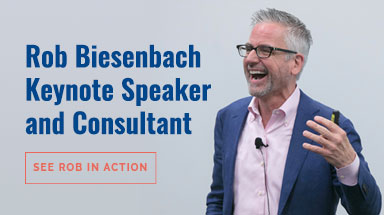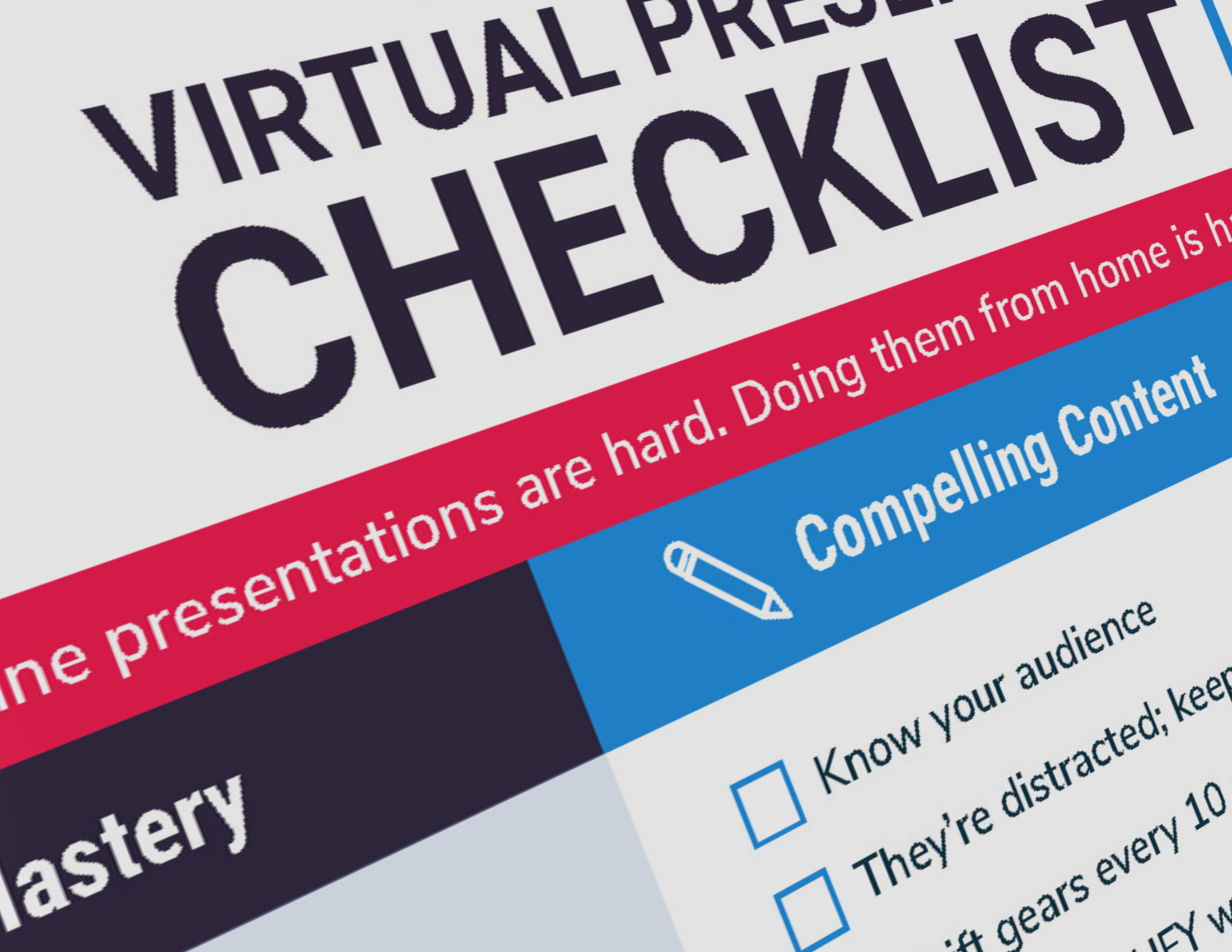 If you were to read just one thing online about how to improve your speaking skills, this article from Hubspot would be it: 7 Lessons from the World’s Most Captivating Presenters. I personally come back to it again and again for valuable presentation tips.
If you were to read just one thing online about how to improve your speaking skills, this article from Hubspot would be it: 7 Lessons from the World’s Most Captivating Presenters. I personally come back to it again and again for valuable presentation tips.
What I find especially helpful is that it provides a lot of actual scientific evidence for many of the concepts that I’ve long held to be self-evident. Like the power of emotion and visual communication and the importance of rehearsal.
In fact, when I wrote my book, I relied to a great extent on learnings from the classroom and the stage and observations and anecdotes from show business. So it’s great to see so many of those principles supported by actual research.
Here are my three favorite lessons.
The Power of Visuals
Acting is all about Show/Don’t Tell. Any time you can dispense with words and rely instead on expression, action and imagery to tell your story, it’s going to be a lot more effective.
As it turns out, this is backed up by something called the Picture Superiority Effect. As the name indicates, images are more powerful and memorable than words:
In one experiment, for instance, subjects who were presented with information orally could remember about 10% of the content 72 hours later. Those who were presented with information in picture format were able to recall 65% of the content.
So visuals are basically six times “stickier” than words. Get rid of the bullet points and load up your presentations with beautiful, exciting images.
The Power of Emotion
The best actors are able to tap into their experiences — memories of sadness, hurt, loss, joy, exultation — to give their performances a visceral realism. That helps the audience empathize with the character and connect with the story.
As a result, we walk out of a movie or theater performance feeling transformed, disturbed or renewed in some way. This power is based in brain science. Here’s Hubspot quoting molecular biologist John Medina:
“An emotionally charged event … is the best-processed kind of external stimulus ever measured. Emotionally charged events persist much longer in our memories and are recalled with greater accuracy than neutral memories.”
You can harness that emotion in your presentations to break down barriers with your audience. By warming their hearts you can begin to change their minds.
The Importance of Rehearsal
Actors spend a hundred or more hours over weeks and weeks preparing to put up a show. Rehearsal is absolutely vital to a polished and successful performance.
It’s just as important to public speakers and presenters. Nobody wants to see you get up there and just “wing it.”
So I was interested to see that experts recommend nearly 100 hours of preparation time for a single one-hour keynote speech. That includes 30 hours devoted to rehearsal:
According to Nancy Duarte, the communications expert behind Al Gore’s An Inconvenient Truth, presenters should dedicate roughly 30 hours to researching, organizing, sketching, storyboarding, scripting, and revising the story for a one-hour presentation. (Later, they’ll invest another 30 hours to building their slides, and a final 30 hours to rehearsing the delivery.)
When I quote this number in presentations, people are incredulous. Thirty hours of rehearsal? I’m afraid so. I’ve found it to be true in my own experience.
Of course, that’s for an important speech — a keynote before an industry or professional group, a presentation to investors, an annual meeting of sales people or employees, etc. If you’re presenting three PowerPoint presentations a week, you’re not going to have that kind of time.
And by the way, if you haven’t checked out Nancy Duarte, she’s a master presenter and storyteller. Here’s a favorite TED Talk of hers.
For More Presentation Tips
Here are two more of my favorite resources on presentation skills: Seth Godin’s Really Bad PowerPoint and Design Shack’s 10 Tips for Presentations That Don’t Suck. These sources together should help you put together compelling, visually exciting presentations that move and win over any audience.
Photo Credit: Håkan Dahlström via Compfight cc




